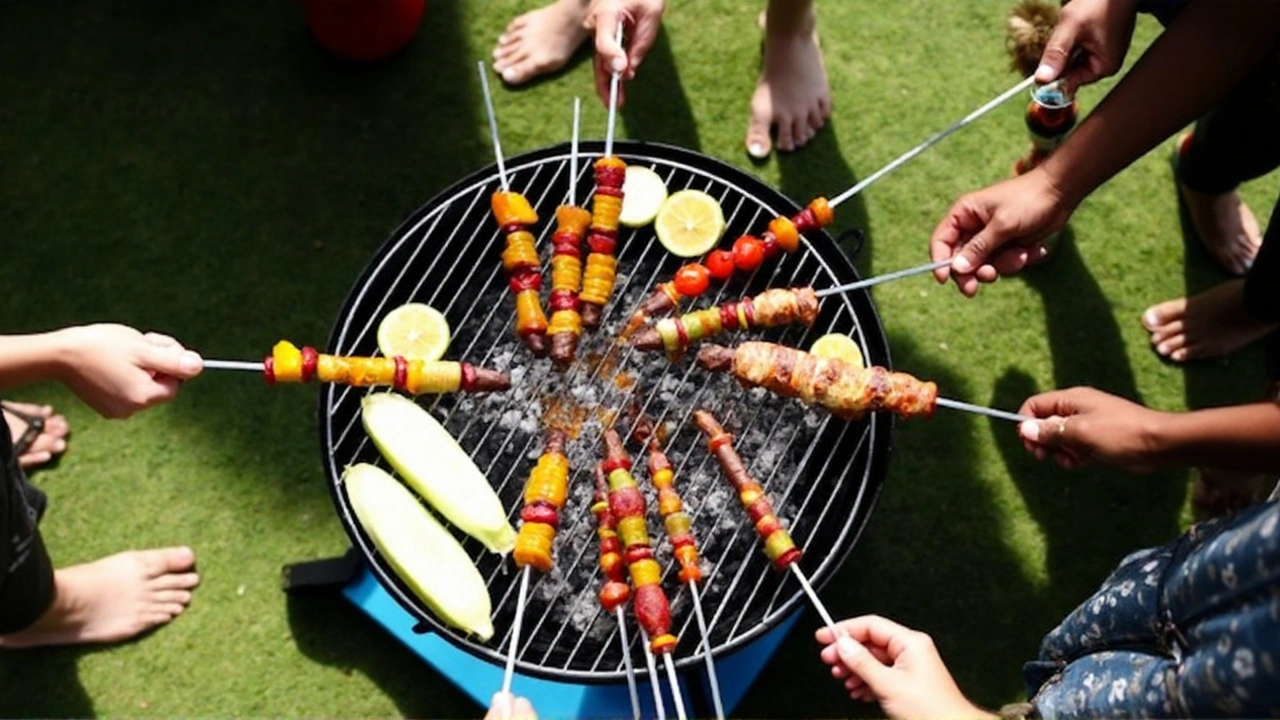South African Cuisine: A Taste of Home and Adventure
If you’ve ever wondered what makes South African food special, you’re in the right place. From braai gatherings to spicy stews, the country’s plates mix African roots, European influence, and Indian spice. The result is simple, hearty, and totally satisfying. Below you’ll find the dishes you must try, the ingredients that define the flavor, and practical tips to cook them at home.
Must‑Try Dishes
Braai is the South African version of a barbecue. It’s not just a meal, it’s a social event. You’ll grill meat – usually boerewors (spiced sausage), lamb chops, or steaks – over charcoal and serve it with pap (a maize porridge) and tomato‑based chakalaka sauce. The smoky aroma is enough to bring friends together.
Bobotie is a baked casserole of minced meat, onions, and curry powder, topped with an egg‑milk custard. It’s sweet, savory, and a little nutty thanks to raisins or apricots. Serve it with yellow rice and a side of chutney for a complete meal.
Potjiekos means “small pot food”. It’s a slow‑cooked stew made in a three‑legged cast‑iron pot over an open fire. The secret is layering ingredients – start with meat, then add vegetables, herbs, and a splash of red wine. The lid stays on, letting flavors meld for hours.
Melktert (milk tart) satisfies any sweet tooth. A thin pastry crust holds a creamy custard flavored with cinnamon. It’s light enough for dessert after a heavy braai, yet rich enough to feel indulgent.
Don’t forget biltong and droëwors. These dried meat snacks are perfect for on‑the‑go munching. They’re high in protein and carry the signature spice blend of coriander, pepper, and vinegar.
Cooking Tips for Home Kitchen
Start with fresh, local ingredients. South African kitchens rely on maize meal, beans, and seasonal veg like butternut, spinach, and carrots. If you can’t find boerewors, substitute with a good quality pork or beef sausage seasoned with coriander and cloves.
Spice blends are the heart of the cuisine. A basic spice mix includes coriander seed, cinnamon, turmeric, and a touch of chili. Roast the spices briefly before grinding to release their aroma – this step makes a big difference.
When making pap, use a ratio of 4 parts water to 1 part maize meal. Stir constantly on low heat until it thickens, then let it sit covered for a few minutes. The result should be smooth, not grainy.
For bobotie, balance sweet and savory. A tablespoon of apricot jam or a handful of raisins adds the right hint of sweetness, while a pinch of turmeric keeps the color bright.
Finally, embrace the communal spirit. South African meals are meant to be shared. Even if you’re cooking solo, think about plating dishes family‑style – a big bowl of potjiekos in the center, bread on the side, and everyone helps themselves.
Whether you’re planning a weekend braai or just want a new recipe for dinner, South African cuisine offers bold flavors and easy techniques. Grab some boerewors, fire up the grill, and let the taste of South Africa fill your home.

Heritage Day Recipes: Easy Braai Pie and More to Celebrate South Africa’s Culture
Heritage Day showcases South Africa’s cultural mosaic, with food taking centre stage. Families gather to share dishes that tell a story of their roots. The Newcastle Advertiser offers a simple Braai Pie recipe perfect for a community feast. Quick prep and familiar flavours make it ideal for both seasoned cooks and beginners. This guide also adds tips and serving ideas to enrich the celebration.




